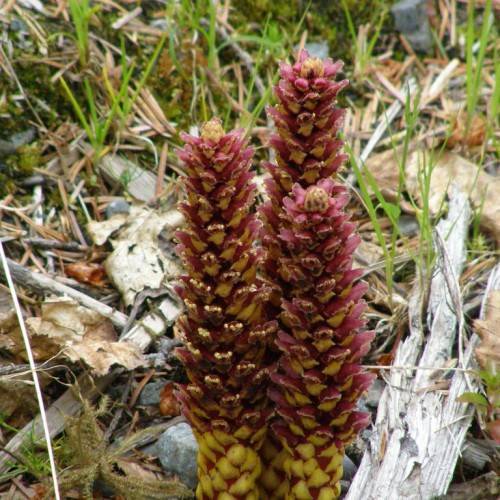
Northern Groundcone
Boschniakia rossica
Watering:
Minimal
Hardiness Zone:
Sun:
full sun,part shade
Fruits:
Fruits Ready In
Leaf:
Yes
Growth Rate:
Low
Drought Tolerant:
Yes
Salt Tolerant:
Yes
Thorny:
Yes
Care Level:
Medium
watering
Toothed Rockcress requires moderate amounts of water. During the growing season (summer through early fall), water the plant regularly, allowing the soil to become moist, but not soggy. Water the plant deeply once a week. During the colder months, reduce watering, typically to once every 2 weeks. Make sure to allow enough time in between waterings to allow the soil to dry somewhat and provide drainage for the roots. Be careful not to let the plant completely dry out.
sunlight
Toothed Rockcress (Borodinia dentata) will do best if it gets 4–6 hours of direct sunlight each day. This should be in the form of dappled shade during the hottest time of the day. If the plant does not get enough sun it will become weak and eventually leggy. During the winter months it should receive more sunlight since it is not as sensitive to sunburn. The best time of day to provide light for this species is in the early morning or late afternoon. This will help to ensure that the plant receives enough light without it becoming overly exposed and damaging the leaves.
pruning
Toothed Rockcress (Borodinia dentata) is best pruned in the late spring to early summer, which is typically between April and June. This is the optimal time for pruning because it encourages new growth while avoiding winter damage. Pruning should be light, removing only dead or damaged branches and 1/3 of the growth at the most. Never prune more than 1/3 of the plant at 1 time as it may weaken or harm the plant. You should also check occasionally for suckers, which are new shoots that occur at the base of the plant that should be pruned out.
